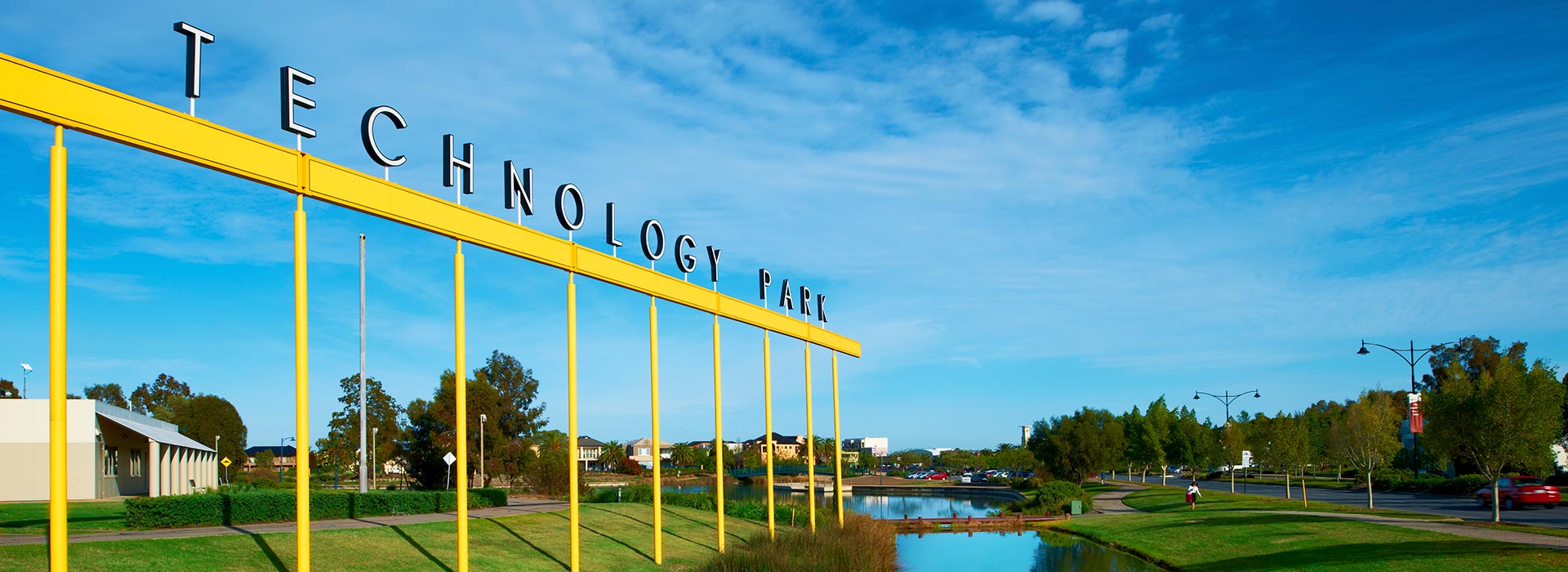A technology park, also known as a science park or research park, is a designated area or campus where various technology-based companies, research institutions, and organizations are located. These parks are specifically designed to foster innovation, collaboration, and the commercialization of technology-related ventures.
Features of a Technology Park:
- Infrastructure: Technology parks provide state-of-the-art infrastructure, including office spaces, laboratories, research facilities, and manufacturing units. These facilities are equipped with advanced technology and resources to support the specific needs of technology-driven businesses.
- Networking and Collaboration: Technology parks aim to facilitate collaboration and networking among businesses, researchers, and academia. By bringing together companies from various sectors, technology parks create an ecosystem where knowledge sharing, partnerships, and joint research initiatives can thrive.
- Access to Resources and Support: Technology parks often offer support services to assist companies in their growth and development. This can include access to funding, mentoring programs, business incubators, and specialized advisory services. These resources help startups and small businesses overcome challenges and accelerate their growth.
- Research and Development: Technology parks often house research institutions, universities, or specialized research centers. This close proximity to research expertise encourages collaboration between businesses and researchers, leading to the development of new technologies, products, and services.
- Synergy and Cluster Effect: By clustering technology-based companies in one location, technology parks create a “cluster effect.” This concentration of related industries and expertise leads to increased synergy, knowledge exchange, and the development of an ecosystem that supports innovation and competitiveness.
- Economic Impact: Technology parks have a significant impact on the local and regional economy. They attract investment, create job opportunities, and contribute to the growth of high-tech industries. Moreover, technology parks often serve as a catalyst for urban development and can drive the transformation of a region into a technology hub.
Examples of Technology Parks:
- Silicon Valley: Located in California, United States, Silicon Valley is one of the most renowned technology parks globally. It is home to numerous high-tech companies, startups, venture capital firms, and leading research institutions.
- Zhongguancun Science Park: Located in Beijing, China, Zhongguancun Science Park is known as China’s Silicon Valley. It hosts a large number of technology companies, research institutes, and universities, playing a significant role in China’s technology and innovation landscape.
- Sophia Antipolis: Situated in the French Riviera, Sophia Antipolis is Europe’s largest science and technology park. It is home to over 2,200 companies, including multinational corporations, research organizations, and startups, specializing in areas like information technology, biotechnology, and telecommunications.
- Technopark Zurich: Technopark Zurich, located in Switzerland, focuses on fostering innovation in information technology, communications, and related fields. It provides an ecosystem that supports technology-based startups and facilitates collaboration with academic institutions and industry partners.
Technology parks play a crucial role in driving technological innovation, fostering entrepreneurship, and promoting economic growth. They provide a conducive environment for businesses to thrive and contribute to the development of cutting-edge technologies that shape our future.

